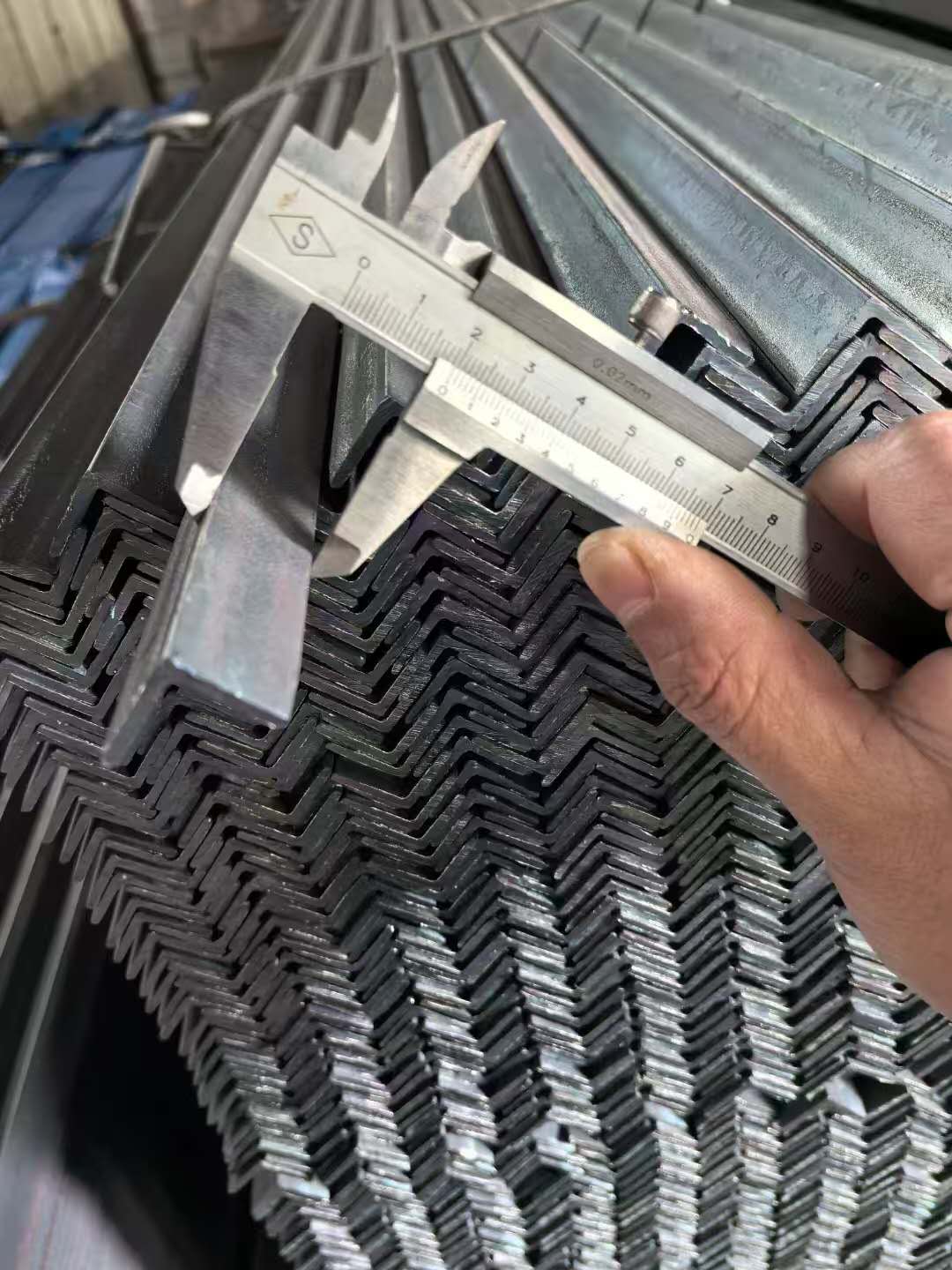x
Post
Consult
IM
Feedback
Top



Chad, Central African Republic, Cameroon, Equatorial Guinea, Gabon, The Republic of Congo , The Democratic Republic of the Congo, The Democratic Republic of Sao Tome and Principe, Belize, Costa Rica, Guatemala, Honduras, Nicaragua, Panama, Salvador, Algeria, Egypt, Libya, Morocco, Sudan, Tunisia, Angola, Botswana, Comoros, Lesotho, Malawi, Mozambique, Madagascar, Namibia, South Africa, Swaziland, Saint Helena, Zambia, Zimbabwe, Argentina, Brazil, Colombia, Chile, Curacao, Ecuador, Falkland Islands, French Guiana, Guyana, Llívia, Peru, Paraguay, Suriname, Uruguay, Venezuela, Burkina Faso, Benin, Cape Verde, Côte d'Ivoire, Gambia, Guinea, Guinea-Bissau, Ghana, Liberia, Mauritania, Mali, Niger, Nigeria, Senegal, Sierra Leone, Togo, Western Sahara
Chad, Central African Republic, Cameroon, Equatorial Guinea, Gabon, The Republic of Congo , The Democratic Republic of the Congo, The Democratic Republic of Sao Tome and Principe, Belize, Costa Rica, Guatemala, Honduras, Nicaragua, Panama, Salvador, Algeria, Egypt, Libya, Morocco, Sudan, Tunisia, Angola, Botswana, Comoros, Lesotho, Malawi, Mozambique, Madagascar, Namibia, South Africa, Swaziland, Saint Helena, Zambia, Zimbabwe, Argentina, Brazil, Colombia, Chile, Curacao, Ecuador, Falkland Islands, French Guiana, Guyana, Llívia, Peru, Paraguay, Suriname, Uruguay, Venezuela, Burkina Faso, Benin, Cape Verde, Côte d'Ivoire, Gambia, Guinea, Guinea-Bissau, Ghana, Liberia, Mauritania, Mali, Niger, Nigeria, Senegal, Sierra Leone, Togo, Western SaharaUnequal-leg angles have the following characteristics:
Structural characteristics
Unequal side lengths: The two sides of unequal-leg angles have different lengths, presenting an asymmetric “L”-shaped structure. This unique shape enables it to play a unique role in specific structural designs.
Diverse angles: The included angle between the two sides of unequal-leg angles can be adjusted according to actual needs. Common angles include 30°, 45°, 60°, etc., providing more flexibility for design.
Mechanical properties
Moderate strength and stiffness: Unequal-leg angles are made of high-quality steel and have certain strength and stiffness, capable of withstanding a certain load and external force. Although its strength and stiffness may be inferior to those of equal-leg angles, in some specific application scenarios, its asymmetric structure can better adapt to the stress situation.
Good stability: Due to the irregular shape of unequal-leg angles, its stability under compression is relatively good. In some structures that need to bear lateral pressure, unequal-leg angles can provide better support and stability.

Verification Failed:
Verification Failed:

Comments
Feedback from Buyer